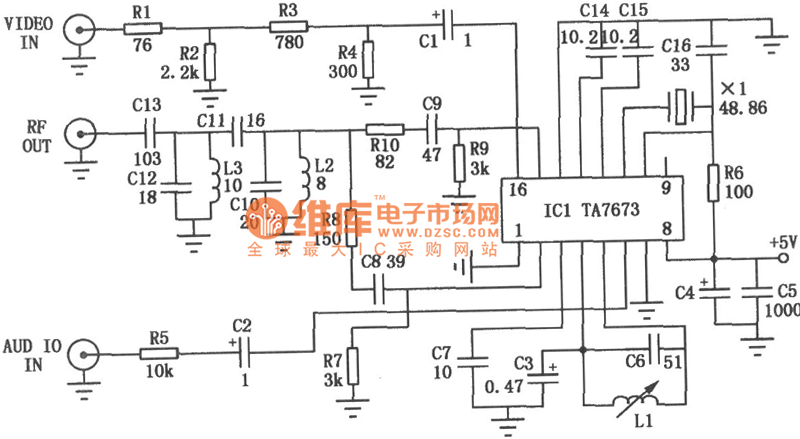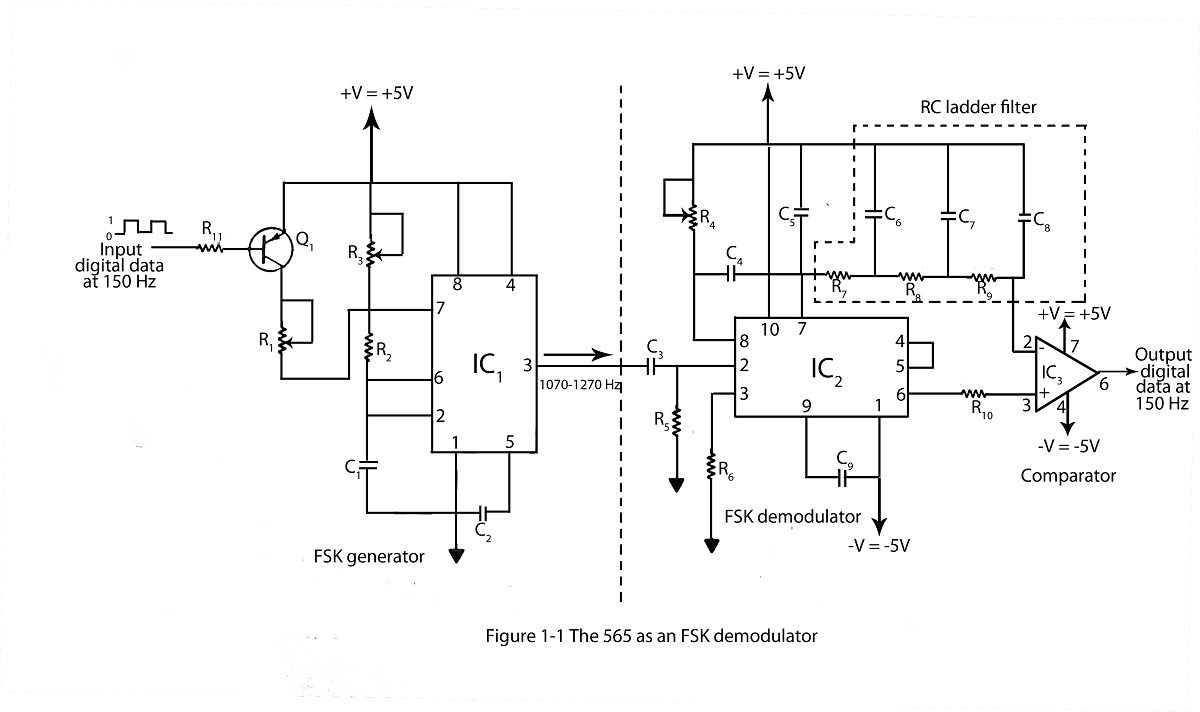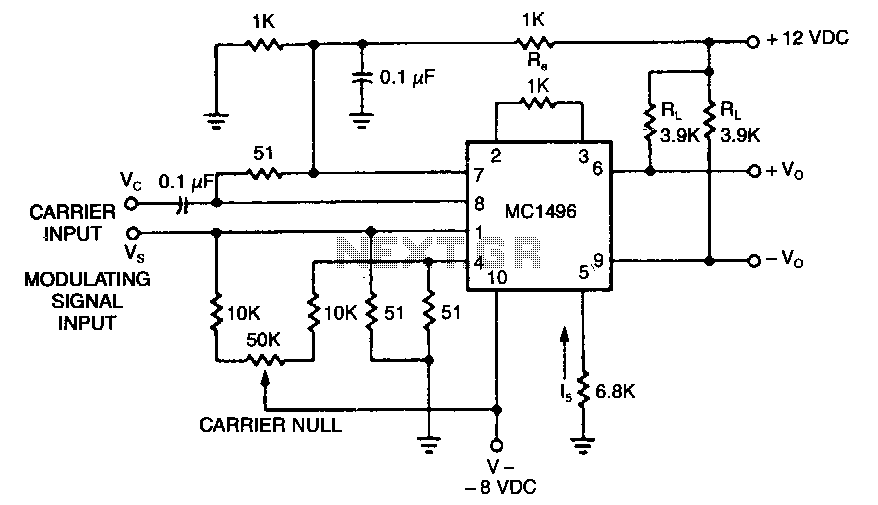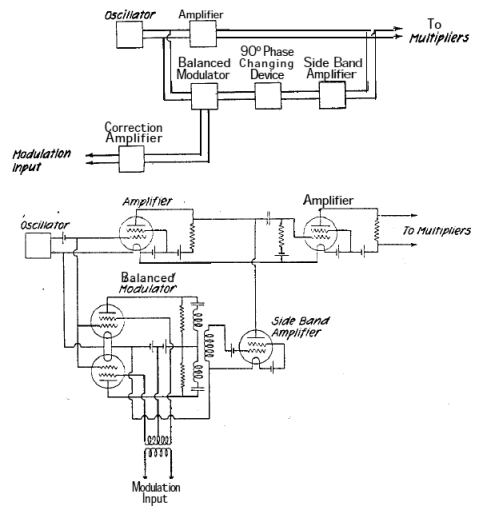
Video modulator 2
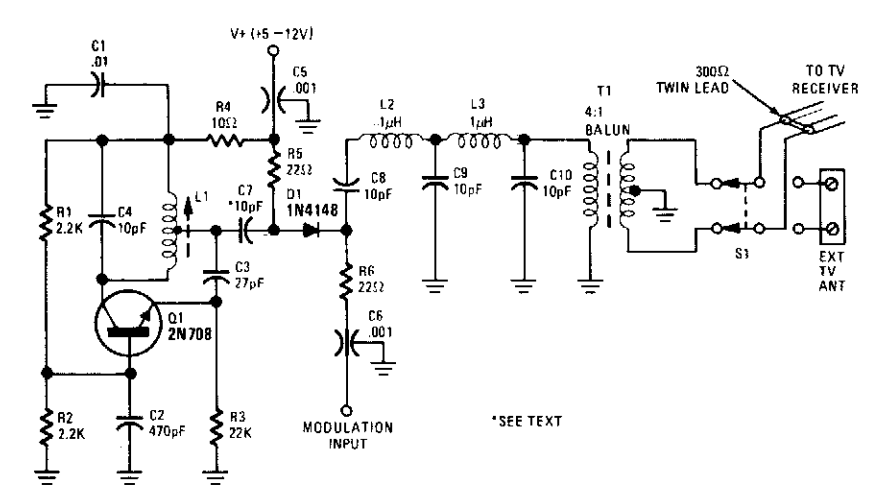
This circuit allows for the direct connection of composite video signals from video game consoles and microcomputers to the antenna terminals of television sets. The output signal level is regulated by the modulation input.
The circuit design effectively integrates composite video signals into the existing infrastructure of television sets by utilizing the antenna input. This is particularly beneficial for older television models that may not have dedicated composite video inputs. The primary components of the circuit include a modulation input, which adjusts the output signal level, ensuring compatibility with various television models and optimizing signal clarity.
The composite video signal is typically a combination of video information encoded in a single channel, which includes luminance (brightness) and chrominance (color) data. The circuit may incorporate a buffer amplifier to ensure that the signal maintains integrity over longer distances and to prevent signal degradation. Additionally, passive components such as resistors and capacitors may be employed to filter the signal, reducing noise and enhancing overall video quality.
The modulation input can be implemented using a variable resistor or a potentiometer, allowing users to fine-tune the output level according to their specific requirements. This feature is crucial, as different television sets may respond differently to the incoming signal strength.
Overall, the circuit serves as a practical solution for connecting modern video sources to legacy television equipment, facilitating the enjoyment of video games and computer displays on older screens while maintaining optimal signal quality.This circuit permits direct connection of composite video signals from video games and microcomputers to the antenna terminals of TV sets. The output signal level is controlled by the modulation input. 🔗 External reference
The circuit design effectively integrates composite video signals into the existing infrastructure of television sets by utilizing the antenna input. This is particularly beneficial for older television models that may not have dedicated composite video inputs. The primary components of the circuit include a modulation input, which adjusts the output signal level, ensuring compatibility with various television models and optimizing signal clarity.
The composite video signal is typically a combination of video information encoded in a single channel, which includes luminance (brightness) and chrominance (color) data. The circuit may incorporate a buffer amplifier to ensure that the signal maintains integrity over longer distances and to prevent signal degradation. Additionally, passive components such as resistors and capacitors may be employed to filter the signal, reducing noise and enhancing overall video quality.
The modulation input can be implemented using a variable resistor or a potentiometer, allowing users to fine-tune the output level according to their specific requirements. This feature is crucial, as different television sets may respond differently to the incoming signal strength.
Overall, the circuit serves as a practical solution for connecting modern video sources to legacy television equipment, facilitating the enjoyment of video games and computer displays on older screens while maintaining optimal signal quality.This circuit permits direct connection of composite video signals from video games and microcomputers to the antenna terminals of TV sets. The output signal level is controlled by the modulation input. 🔗 External reference


